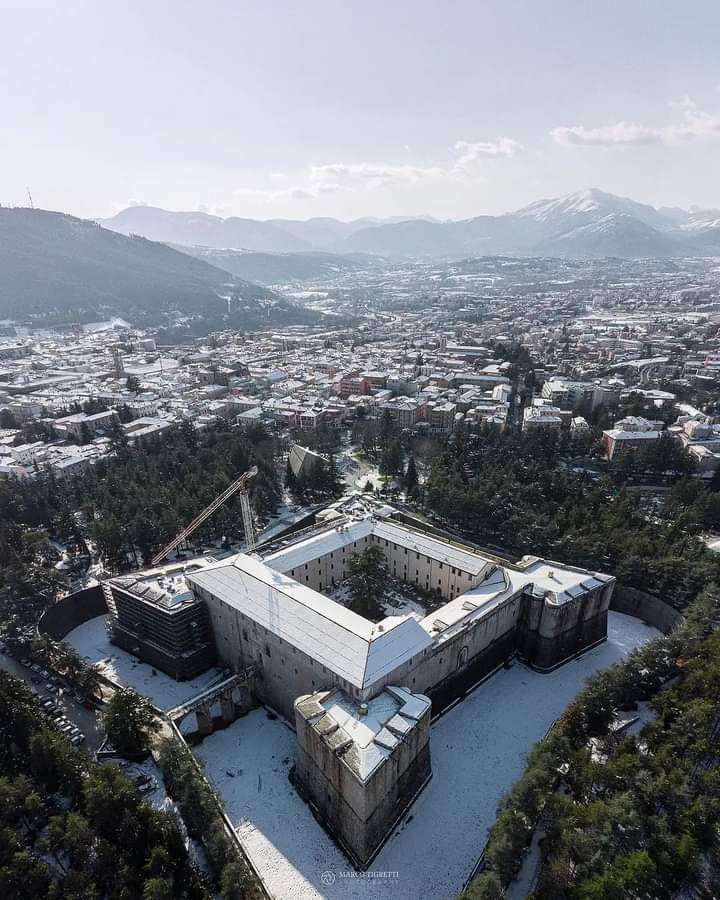
The Forte Spagnolo (Italian for Spanish fortress; locally called il Castello) is a Renaissance castle in L'Aquila, central Italy. In the 15th century, L'Aquila had become the second most powerful city in the Kingdom of Naples after Naples itself: there were half a million sheep, wool and saffron were exported throughout Europe; all this was lost when the Aquilans, during the war between the French and the Spaniards for the throne of Naples, sided with the French. In 1504 Aquila was occupied by the Spanish conquerors, though in 1527 the French recovered the city with the support of the citizens and the surrounding town. One year later Viceroy Philibert of Orange, ruling for King Charles V of Spain, finally defeated the Aquilan rebels and ordered the city to build a fortress in the highest spot North of the city, exactly where in 1401 King Ladislaus had built a garrison to control the unruly and rebellious Aquilans. The project was entrusted to a Spanish architect, Pedro Luis Escrivà, an expert of firearms, who had begun to build Castel Sant'Elmo in Naples. The discovery of gunpowder obliged to new methods of defensive construction. Escrivà was in charge of the project for 2 years, leaving the task to Gian Girolamo Escribà. In the following 30 years the heavy taxes necessary to build the fortress impoverished the city, which in 1567 begged the Spaniards to stop the construction; the Royal Court granted the request, and works were interrupted, so parts of the castle were never completed. The fortress had cost an enormous sum for the times, and Aquila was obliged also to sell the thick silver case containing the body of St. Bernardino of Siena. The fortress, which had been built not to defend the city, but to control it (its cannons pointed to the city) and to be a completely self-sufficient structure, was never used in a battle. In 1798 the citizens fought against the French who had invaded Italy, attacking, in vain, the fortress. From then on, the building was used as a prison. After 1860 it became a military headquarters, and in the Second World War was occupied and damaged by the Germans. Between 1949 and 1951 the castle was restored, and chosen as the seat of the Museo Nazionale d'Abruzzo.
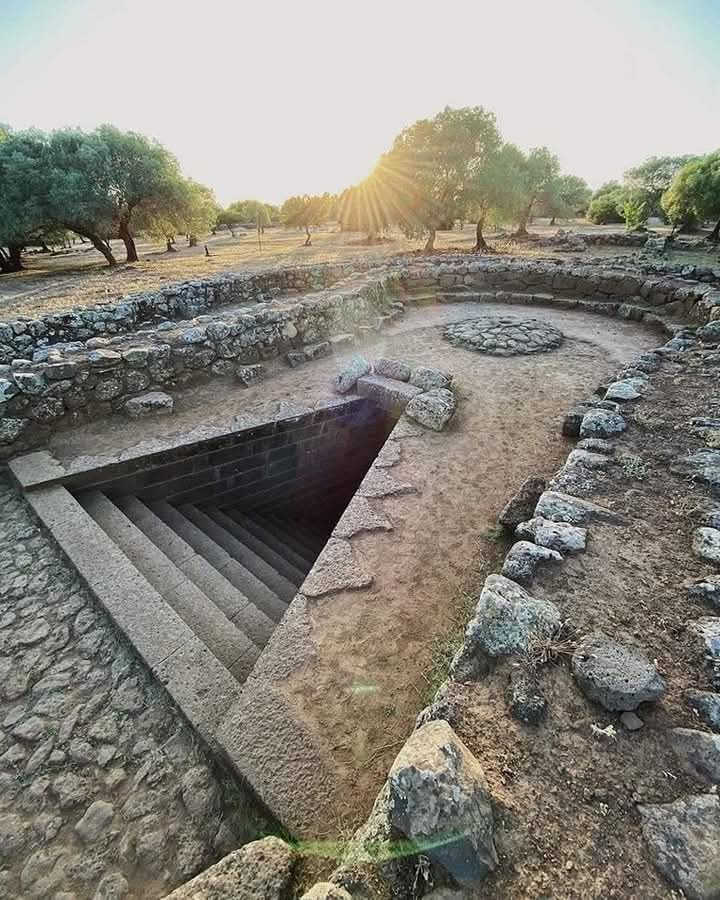
The Sacred Well of Santa Cristina: an ancient jewel in Sardinia.🏺✨ In the heart of Sardinia, Italy 🇮🇹, lies one of Europe’s most mysterious archaeological treasures: the Sacred Well of...Read more
View (36,989) | Like (0) | Comments (0)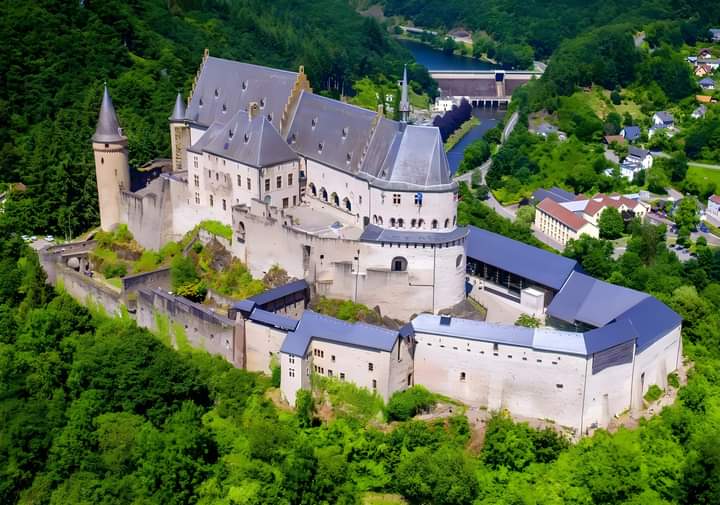
Vianden Castle, located in the small town of Vianden in Luxembourg, is one of Europe's largest and most beautiful fortified castles. Perched on a rocky promontory overlooking the River Our, the castle...Read more
View (106,758) | Like (0) | Comments (0)
Diamond Head is a breathtaking 50,000-year-old volcanic tuff cone situated on the island of Oahu, Hawaii. This iconic landmark, known as *Lēʻahi* in Hawaiian, offers stunning aerial views with it...Read more
View (57,830) | Like (0) | Comments (0)
Zion National Park is an American national park located in southwestern Utah near the town of Springdale. Located at the junction of the Colorado Plateau, Great Basin, and Mojave Desert regions, th...Read more
View (9,469) | Like (1) | Comments (0)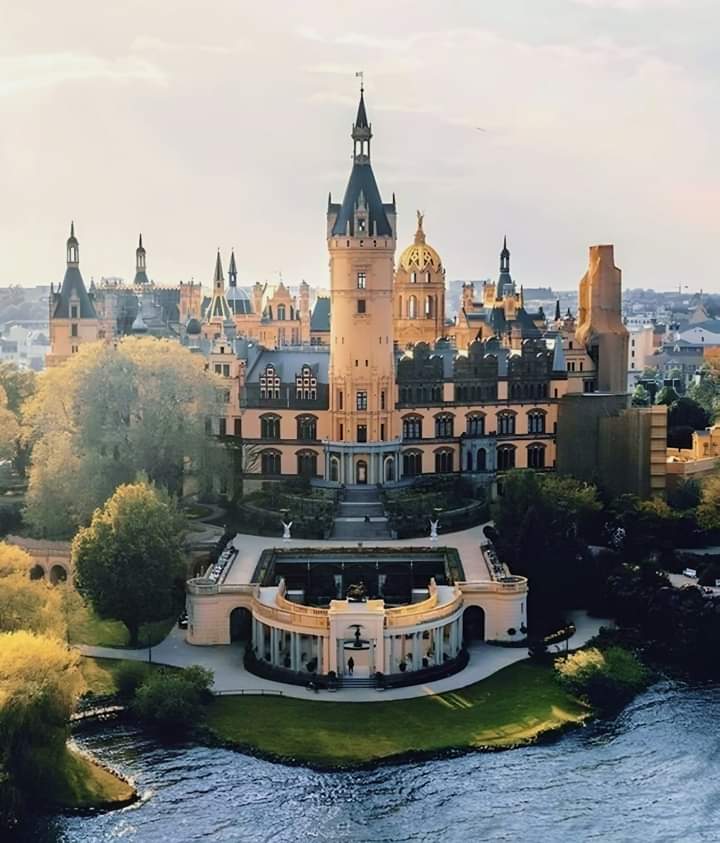
Schwerin Castle (Schweriner Schloss) is a stunning gem located in Schwerin, the capital of Mecklenburg-Vorpommern, Germany. Often compared to the iconic Neuschwanstein Castle, it's one of Germany's mo...Read more
View (106,943) | Like (0) | Comments (0)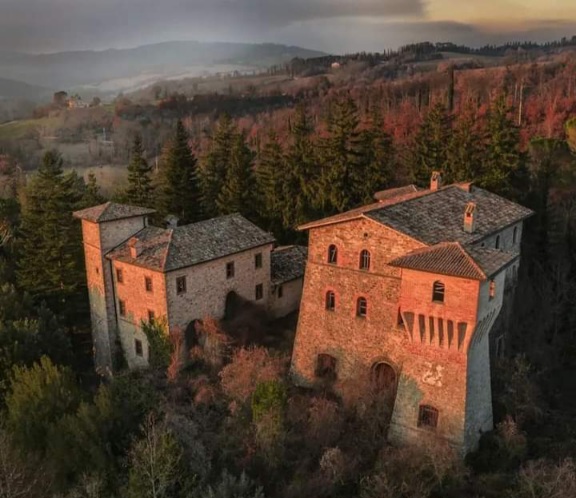
Schifanoia Castle stands amidst centuries-old trees and fertile lands, near the town of Valfabbrica. The current name derives from schivar la noia, a toponym also used in other homes of the sevente...Read more
View (106,126) | Like (0) | Comments (0)
Montegiove Castle is a fortified building dating back to the 13th century, built around 1280. The castle was built by the Bulgarelli family, Counts of Marsciano, during the 13th century on the ruin...Read more
View (107,510) | Like (0) | Comments (0)
The Széchenyi Chain Bridge transforms into a masterpiece of winter’s artistry, its majestic arches and intricate ironwork cloaked in a delicate layer of snow. The serene beauty of the bridge is...Read more
View (103,652) | Like (0) | Comments (0)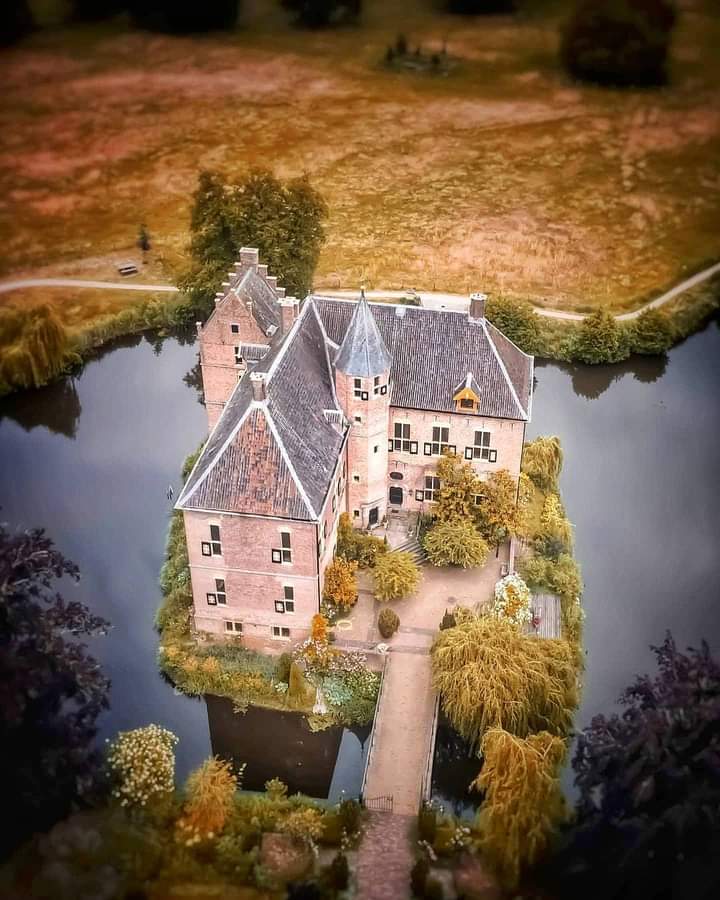
Vorden Castle is a castle and manor house located southeast of the village of Vorden in the municipality of Bronckhorst, in the province of Gelderland in the Netherlands. Vorden Castle was first menti...Read more
View (102,742) | Like (0) | Comments (0)
The Castle of Melfi in Basilicata is a monument owned by the Italian State and one of the most important medieval castles in Southern Italy. Its construction, at least the components still visible,...Read more
View (106,343) | Like (1) | Comments (0)নারী সহজে কাউকে ঘৃণা করে না। কিন্তু একবার কাউকে ঘৃণা করা শুরু করলে সেখান থেক...Read more
View (1,018) | Like (0) | Comments (0)
আমরাই শেষ জেনারেশন, যারা গরুর গাড়ি থেকে সুপার সনিক কনকর্ড জেট দেখেছি। পোস্ট�...Read more
View (15,653) | Like (0) | Comments (0)
জীবনে অতিরিক্ত ম্যাচিউর হতে যাইয়েন না! বেশি ম্যাচিউর সাজতে গিয়ে ছোট ছোট অ�...Read more
View (21) | Like (0) | Comments (0)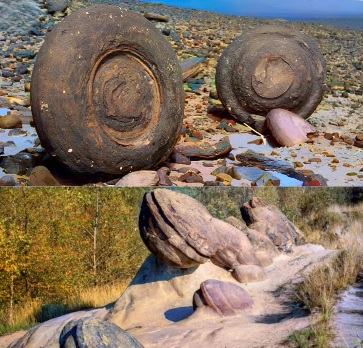
যেন অন্য কোনো গ্রহের দৃশ্য! লিবিয়ার মরুভূমিতে ছড়িয়ে আছে এই রহস্যময় পাথ�...Read more
View (20,356) | Like (0) | Comments (0)
টাকার গুরুত্ব তখনই বোঝা যায়, যখন আপনার আদরের সন্তান দোকানে দাঁড়িয়ে একটা খেল�...Read more
View (20,075) | Like (0) | Comments (0)
The Kouros of Apollonas—often referred to as the Colossus of Dionysus—is a massive, unfinished marble statue lying in a hillside quarry on the Greek island of Naxos. Dating to the 6th century B...Read more
View (8,389) | Like (0) | Comments (0)
জেমস ওয়েব টেলিস্কোপ এবার যা দেখেছে, তা আমাদের মহাবিশ্বের ইতিহাসের ধারণাই ব�...Read more
View (14) | Like (0) | Comments (0)
জীবনে কার পক্ষে দাঁড়াচ্ছেন, কার জন্য লড়ছেন তা ভেবে-মেপে নেবেন। যাকে বাঁচাতে ...Read more
View (1,110) | Like (0) | Comments (0)অনেকে ভাবে প্রতিভাই সাফল্যের চাবিকাঠি।কিন্তু বাস্তবে প্রতিভা নয়, নিয়মিতত�...Read more
View (760) | Like (0) | Comments (0)
জীবনটা একটা সারপ্রাইজ-বক্স। যতদিন বেঁচে থাকবেন, প্রতিদিন, প্রতিমাস কিংবা প�...Read more
View (14,310) | Like (0) | Comments (0)Fewlook is a world wide social media platform